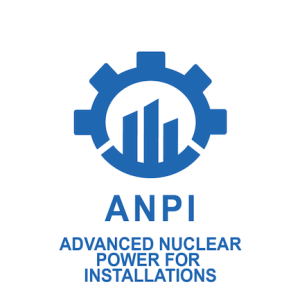
Russia is continuing remediation of former uranium mining sites in central Asia with a new project in Tajikistan. Central Asia was an important source of uranium in the former Soviet Union. A large amount of radioactively contaminated material was placed in mining waste dumps and tailing sites and now poses a threat to the environment and the health of the population.
After the collapse of the Soviet Union, radioactive waste dumps remained a major environmental problem in some cities and regions of Tajikistan’s Sughd region, and a number of tailings still need to be reclaimed. One of these sites, which will be mothballed with Russian funding, is the Taboshar-3 training ground in Istiklol, the Chairman of the city, Kayum Mahmoudzoda, told a press conference.
He said design work is currently underway. “Recently, Rosatom representatives came on a working trip. It is planned that by the end of this year both the Taboshar-3 test site and the existing landfill in the city of Adrasman will be reclaimed at Russia’s expense, he said.
Mahmoudzoda noted that in Soviet times, uranium was processed in the city of Istiklol (Taboshar) on an area of 250 hectares. In 2023, with the support of the Russia and Rosatom, the largest radioactive waste dump in Istiklol was completely reclaimed. Currently, it is necessary to reclaim four landfills in the cities of Adrasmon and Istiklol, as well as in the Bobojon-Gafurov and Buston. These tailings were accumulated from 1945 to 1970.
In 2022, the Central Design & Technological Institute (JSC TsPTI – part of Rosatom fuel company TVEL) won the tender for the development of working documentation and performance of work at the Taboshar site as part of the implementation of the Interstate Target Programme Reclamation of the territories of states affected by uranium mining industries. Since 2021, TVEL has been the Base Organisation of the Commonwealth of Independent States (CIS) responsible for the elimination of nuclear legacy, management of used nuclear fuel, radioactive waste and decommissioning of nuclear and radiation hazardous facilities.
The International Atomic Energy Agency (IAEA) and the European Union (EU) have also been supporting rehabilitation of Central Asia’s uranium legacy sites. The IAEA’s Coordination Group for Uranium Legacy Sites (CGULS was formed in 2012 to help coordinate national and multilateral remediation activities. The Tajikistan government in 2014 resolved to rehabilitate legacy tailings by 2024. In 2015, the European Bank for Reconstruction and Development (EBRD) at the request of the European Commission (EC) set up the Environmental Remediation Account for Central Asia to finance the remediation of sites in Kyrgyzstan, Tajikistan and Uzbekistan, which became operational in 2016. In 2017, the IAEA, EC and EBRD signed a joint commitment on coordinating remediation efforts in accordance with a new Strategic Master Plan.
Tajikistan’s Chemical, Biological, Radiological & Nuclear Safety & Security Agency was recently designated as a new IAEA Collaborating Centre for nuclear security. The four-year agreement from 2025 to 2029 aims to help countries in the region build capacity in the development and maintenance of their nuclear security regimes, including the assessment of nuclear security needs and priorities, computer security, the security of nuclear materials and facilities, and nuclear or other radioactive material out of regulatory control.






